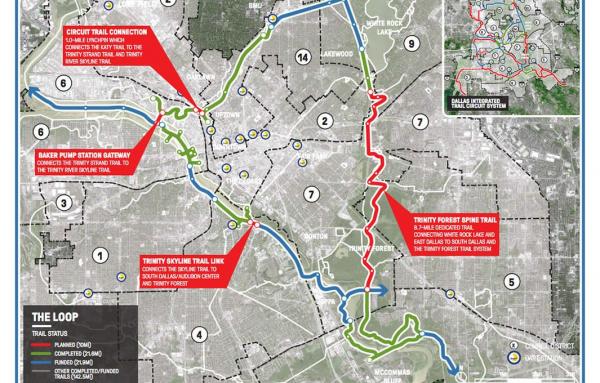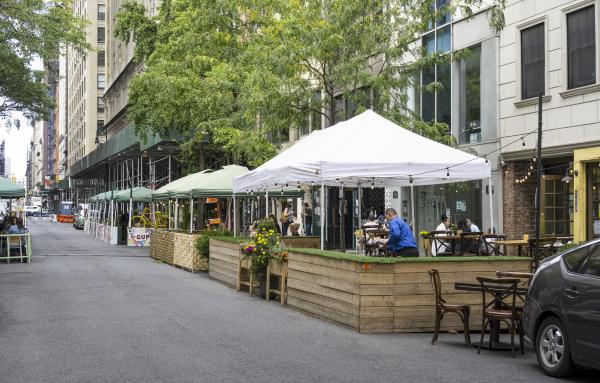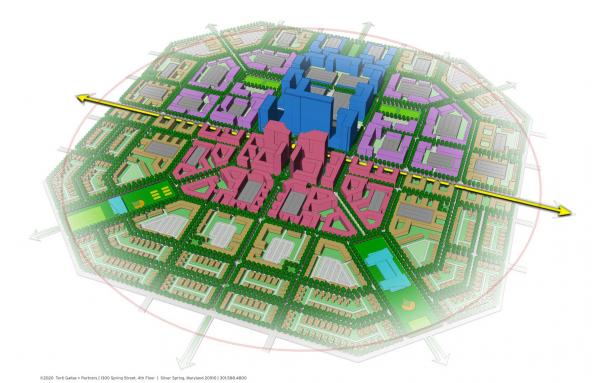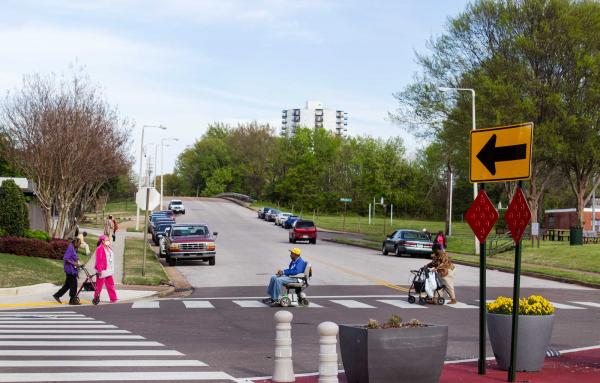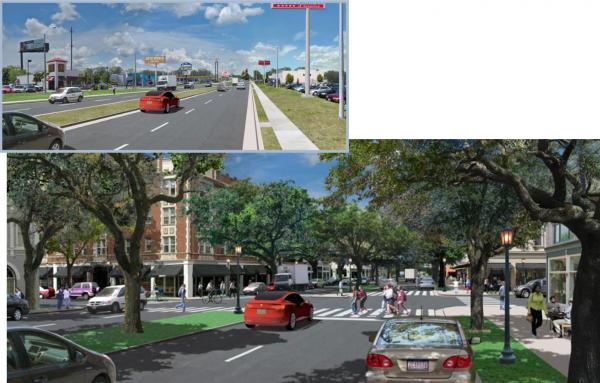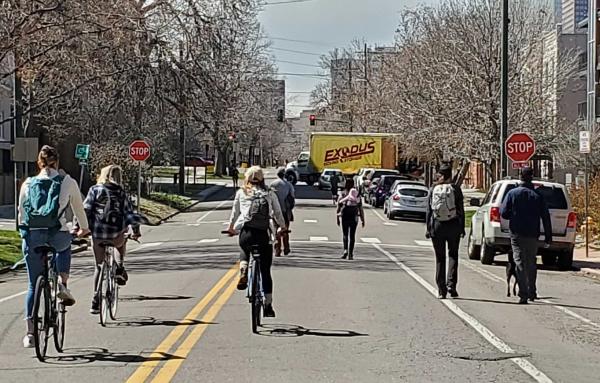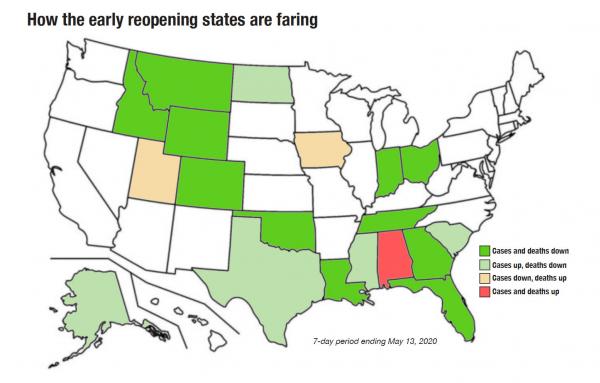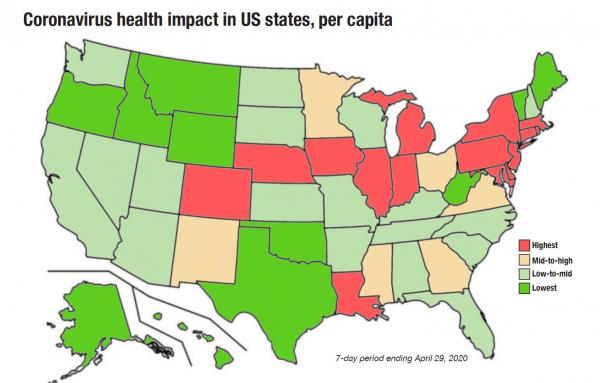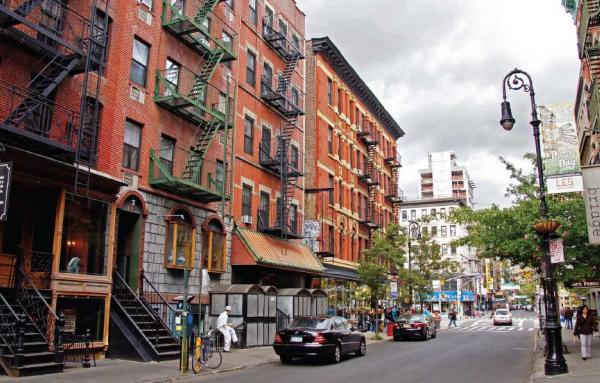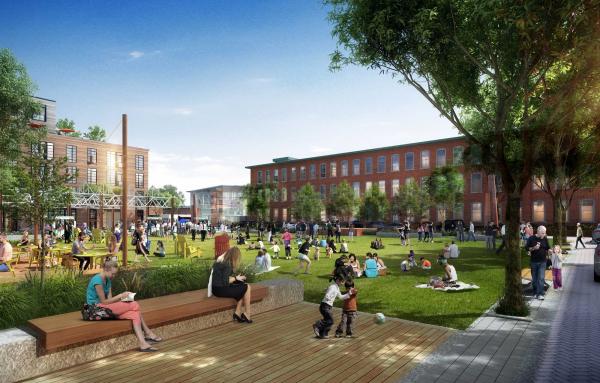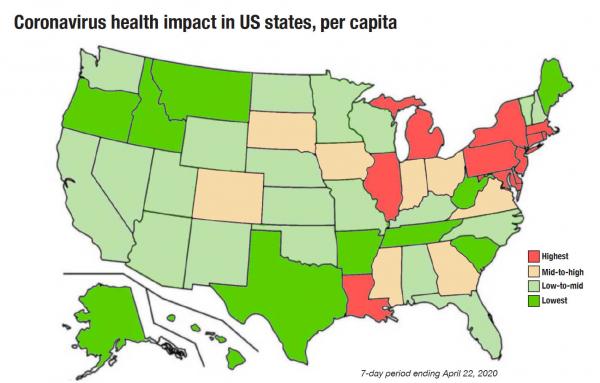Health
Dallas is implementing a trail system that could make a big difference in the quality of life and health in this major city. The Loop Trail is a 50-mile trail system that is nearly half built, and the rest is funded or planned, creating a loop...
A Pandemic Toolkit describes 22 actions that local governments can take to safely jumpstart their economies.
Hospital-oriented development, with parallels to transit-oriented development, should be the next big thing.
Memphis, Tennessee, shows the benefits of having community investment and social infrastructure, supported by philanthropy and institutions, in place during a pandemic.
The pandemic may have long-lasting design impacts, but we still need sociable and walkable places.
Sprawl may surge for a time if we ignore the fundamental needs of human habitat.
Underutilzed streets with little traffic are being transformed with temporary pedestrian and bicycle thoroughfares, shared streets, bikeways, expanded sidewalks, and outdoor eating to give citizens more room in a time of social distancing.
Cases are down in the face of a big increase in testing. Mortality is also declining. These trends hold in the states that reopened early—as well as in the nation as a whole.
In the fifth State of Coronavirus in America report, the most encouraging trends are a dramatic rise in testing and declining mortality. But as cases rise in many states, the nation is far from out of the woods.
An analysis indicates that cases of COVID-19 are more related to what metro area you live in, rather than whether you live in the central city or a suburb. Transit also doesn’t correlate as a significant factor.
Here's how we can help our clients and communities transition to planning in the post-pandemic world.
At least half of the US population lives in states that are currently reopening, or making near-term plans to reopen, their economies in phases. The risks vary, because different states have higher or lower levels of confirmed cases and mortalities.
